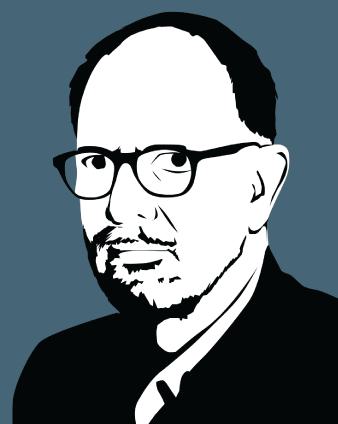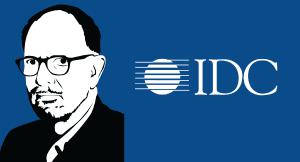Partner:
 Thank you to IDC for underwriting CXOTALK.
Thank you to IDC for underwriting CXOTALK.
In part one of this series we looked at big data and transforming it into smart data, or data that is contextual, relevant and delivered to the right people / person at the right time. One of the other interesting and growing use cases in the business use of data is something called small data. In this post we'll take a look at small data and what a business might do to leverage it effectively.
What exactly is small data? That's not the easiest question to answer actually, as there are angles to the definition that add some complexity. The simplest definition is that small data is a data set that can fit on a local / individual computer or device. But data set size doesn't quite get to the heart of it. There are a couple of other dimensions to the concept of small data. One is the process of taking large data sets and distributing them out to nodes that can use them on local devices for some business activity...so a distributed computing model of data processing or democratizing information. That really is turning the data into actionable insights derived from big / smart data and / or local data, maybe as a mash up of several sources, and most likely visualized in some way. Small data is also timely, relevant, organized and packaged to support routine decision processes, which sounds a lot like smart data, but is somewhat different because of the other factors mentioned above. I suppose you could think small data as a localized subset of smart data.
So why is small data so interesting? First the concept or approach itself provides the widest distribution of data, putting the potential of data driven decisions in many more hands. Big data is the purview of a few with high power computing resources, small data is the distributed model that creates many opportunities. Besides the fundamental difference though, there are some other important opportunities presented with small data:
- One of the biggest opportunities for changing business today is by shifting to a data driven decision model. This may sound obvious but in reality it's just hard. Getting the "right" data to the "right" person or people at the "right" time and work context is a critical function. The nature of the small data approach seems to more fully support this process with it's distributed versus centralized models fueling collaboration over control. Getting the data out of the hands of the data scientists / analysts and into the hands of the front line employees directly supports this data driven decision model.
- Data driven customer experience (CX) has great potential to support modern CX strategies and help companies deliver experiences that are more likely to meet customer expectations. Meeting expectations in a repeatable and reasonably accurate process is only possible with a deeper understanding of your prospect / customer. There are many data sources that could help build out this robust model and many of them are small, local, personal and social. The mash up of social data with transactional data and web analytics can build out very rich profiles that can be used to understand expectations and predict outcomes. Marketing, sales, customer service and product/service design and development all need small data to transform the customer experience across a wide variety of processes.
- Big data can seem daunting for many companies, I mean, just the name sounds scary. The resources needed to deal with data in the big form is also daunting. The issue though, is that for many use cases the value is at the other end of the process, that is, in the hands of the employees who need to execute a process, make a decision, deal with an exception, etc. not with the "big" resources. So there is a need to simplifying the data process, and distribute insight, not big data. The small data approach helps close the gap from the big to the actionable.
- Healthcare and wearables is another example of the value of small data. The current trend for smart devices to help with fitness and weight loss is only the beginning of the health wearable opportunity. The wearable can revolutionaize diagnostics by providing small data to help doctors and cognitive systems understand and treat a variety of diseases and conditions.
Big data in itself doesn't solve problems (some might even argue that it causes some problems, especially in storage and compute resources). We saw in post one that smart data is the real opportunity to make data actionable, or at least a part of the opportunity. Making better business decisions is really about people with the right data in the right context taking some action. The democratisation of storing, processing and finding data is a powerful way to support this new decision process. ESN's can form the backbone for the distribution of data and the connecting of people. This new data rich ecosystem is the support structure for the sense and respond business model and is built on the distributed data concept, or small data, that brings the actionable, contextual insight to the right people when it's needed.
In post three I will look specifically at data sources, data marketplaces and the emerging data as a service business.
Presented By: IDC
Jul 13, 2015



